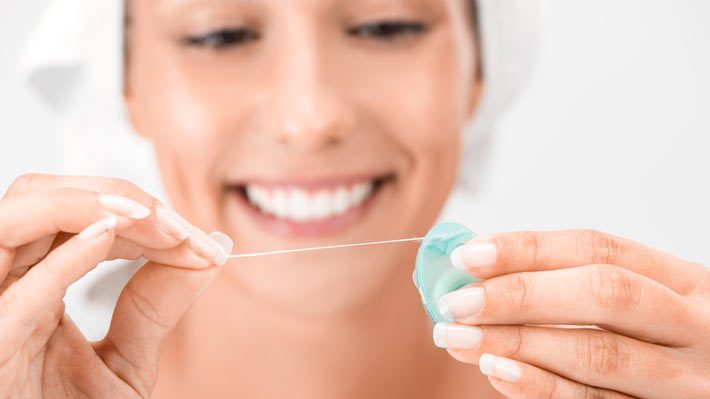
Tips for Better Flossing Results
We know what you’re thinking: if you had a nickel for every time some dentist told you to floss – right? The thing is, though, there’s a reason why dentists stress flossing, and that’s because it works! Your toothbrush can only do so much, since everyone has places in and around their teeth that those bristles just can’t reach. Without flossing, you’re only achieving part of your broader dental hygiene goals. Much of the bacteria and debris in your mouth will remain even after a good brushing. Of course, it’s not enough to floss; you also need to floss correctly. Here are 6 tips to help you get more from your flossing efforts.
- Floss daily. Most dentists recommend flossing once a day, but it is also acceptable to briefly floss if you’ve recently eaten and feel like there are food particles in your teeth.
- Use real dental floss, rather than toothpicks or some of the other alternatives. With that said, it doesn’t matter whether you choose waxed or unwaxed – or if the floss is flavored. They will all do the job admirably, so just pick whichever floss feels right for you.
- Make sure you’re using enough floss. Yes, it really does make a difference. Some people try to save on floss by cutting off short strands that can be difficult to properly manage during the flossing process. As a rule, it’s best to use a piece of floss that’s about 18 inches in length, to ensure that you have enough to do the job properly and maintain a comfortable grip.
- Develop a strategy for orderly flossing. While you may be able to get the job done by flossing at random points in your mouth, the process is usually simplified by strategically starting at one side of the mouth and working to the other – or using some other organized approach.
- Take your time and never force things. Many of us find places between the teeth that are so tight that floss has a hard time working its way through the gap. Be patient and work the floss back and forth slowly, instead of forcing it into the gap. Your gums will thank you.
- Don’t forget to floss along the bottom of the tooth, but again – be gentle. That area is next to the gumline, so any undue force could create problems.
- Always rinse your mouth afterwards, with an antibacterial mouthwash (preferred) or water, if no mouthwash is available. That will help to ensure that the remaining bacteria and particles are washed out of your mouth and prevent them from returning to the surface of your teeth.
The fact is that most of us could do a better job with our flossing efforts, and it’s never too late to start. The good news is that by applying these tips and other helpful advice from the best dentist in midtown Manhattan, you can ensure that your flossing gets the results you need to protect your teeth and gums for life.

